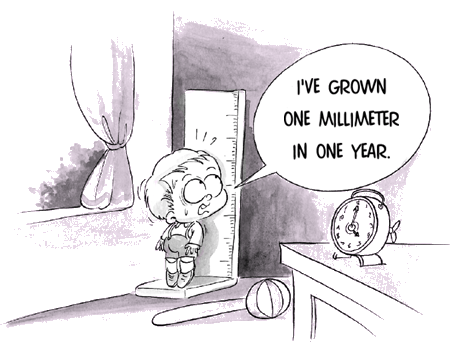Present perfect

The present perfect tense is a rather important tense in English, but it gives speakers of some languages a difficult time. That is because it uses concepts or ideas that do not exist in those languages. In fact, the structure of the present perfect tense is very simple. The problems come with the use of the tense. In addition, there are some differences in usage between British and American English.
How do we make the Present Perfect Tense?
The structure of the present perfect tense is:
| subject | + | auxiliary verb | + | main verb |
| have | past participle |
Here are some examples of the present perfect tense:
| subject | auxiliary verb | main verb | |||
| + | I | have | seen | ET. | |
| + | You | have | eaten | mine. | |
| - | She | has | not | been | to Rome. |
| - | We | have | not | played | football. |
| ? | Have | you | finished? | ||
| ? | Have | they | done | it? |
Contractions with the present perfect tense
When we use the present perfect tense in speaking, we usually contract the subject and auxiliary verb. We also sometimes do this when we write.
| I have | I've |
| You have | You've |
| He has She has It has John has The car has |
He's She's It's John's The car's |
| We have | We've |
| They have | They've |
Here are some examples:
- I've finished my work.
- John's seen ET.
- They've gone home.
